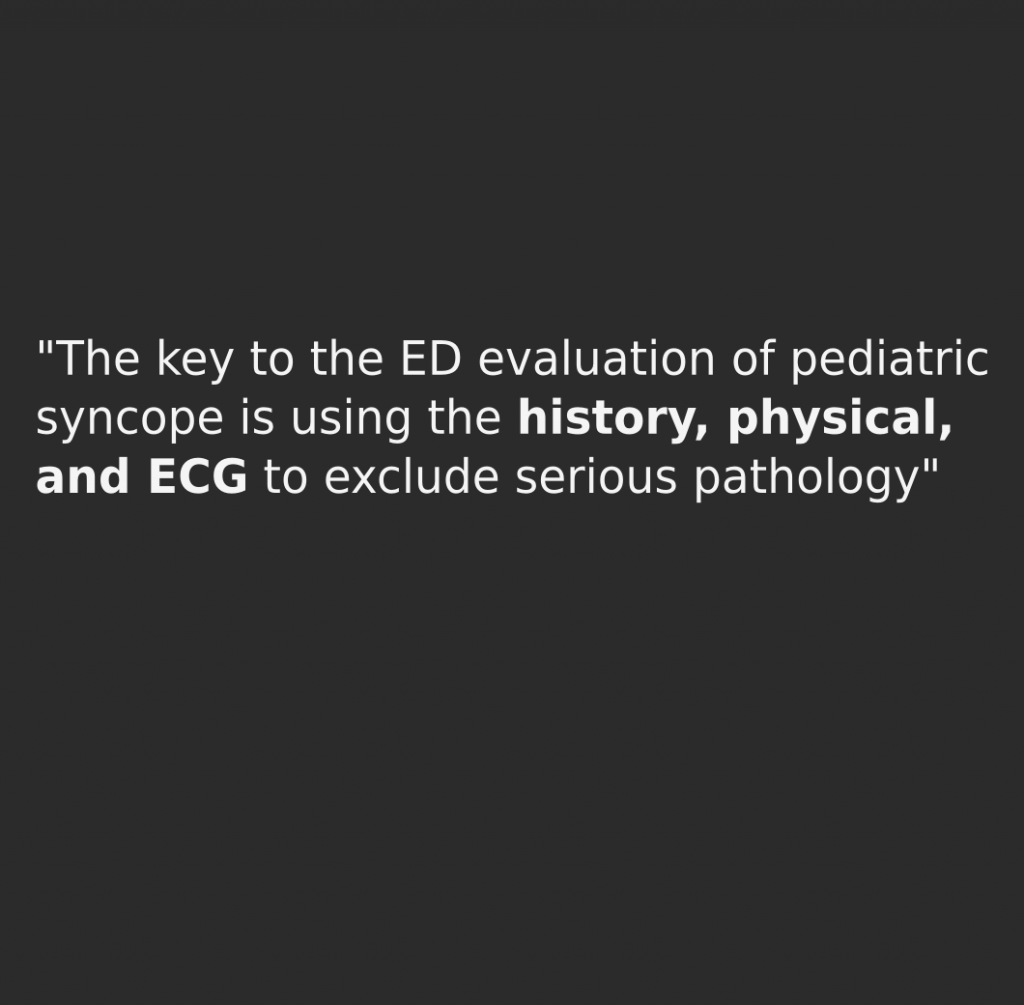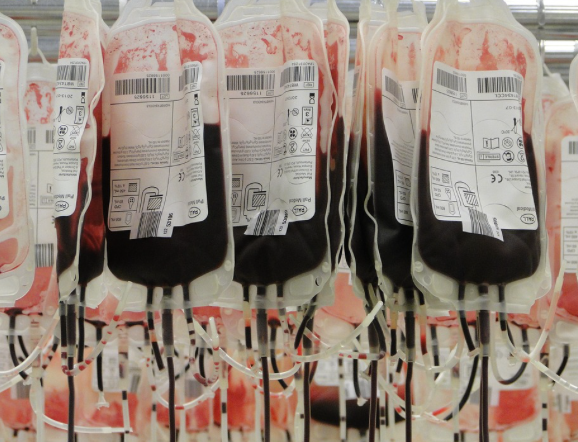Carbon Monoxide Poisoning
Author: Zach Radwine, MD (EM Resident Physician, University of Illinois College of Medicine – Peoria) // Editors: Jennifer Robertson, MD, Lewis Nelson, MD and Alex Koyfman, MD (@EMHighAK) Featured on the LITFL Review #180 – Thanks to Joe-Anthony Rotella and the LITFL Review group for the shout out! Introduction Carbon monoxide (CO) poisoning leads to an estimated 50,000 ED visits per year in the US.1 It is also the leading cause of death by poisoning.2,3,4,5 CO causes toxicity via binding with hemoglobin to form carboxyhemoglobin (COHb). This reduces the oxygen carrying capacity of blood because hemoglobin binds CO with 210 times greater affinity than does O2.4,6 In addition CO produces toxicity by direct cellular damage by numerous mechanisms, including lipid peroxidation, binding to intracellular proteins, and apoptosis.4 The most feared complications of CO poisoning survivors are persistent and delayed neuropsychiatric sequelae (PNS and DNS). These can range from mild intellectual impairment to Parkinsonian syndrome to seizure disorders.6,7 DNS have been reported to occur from 3 days to up to several weeks post-exposure.6 Diagnosis The diagnosis of CO poisoning requires the following:4 History of recent CO exposure Presence of symptoms consistent with CO poisoning Elevated COHb level The single most common presenting complaint in patients with mild to moderate CO poisoning is headache,8 occurring in 84% of patients.7 However, symptoms and clinical findings generally are varied and vague. They may also mimic gastroenteritis or viral illness, thus making the diagnosis difficult.6,7,8 Because of the non-specific nature of symptoms, the clinician must maintain a high index of suspicion.4,7 CO poisoning should always be considered when multiple patients present to the ED from a single location with appropriate findings.8 Physical exam is most often non-revealing, but should focus on a detailed neurologic exam, cardiovascular exam, and an assessment for signs of trauma.6,8 A mental status exam may reveal cognitive changes.8 Cherry-red skin is a rare and often post-mortem finding.4,6,7 A blood COHb is very helpful for diagnosis. However, symptoms do not always correspond with the COHb level.1 Also, neither peak nor ED levels correlate well with severity of poisoning or illness8 or with outcome.9 Importantly, a patient may have toxicity even with a normal level depending on the timing of exposure, relative to sampling, degree of exposure, and any oxygen therapy prior to sampling.8 Nevertheless, the following levels, do suggest possible CO exposure:8 >3% in non-smokers >10% in cigarette smokers Pulse CO-oximetry Standard pulse oximeters cannot distinguish the wavelengths of O2 and CO-bound hemoglobin, but more novel devices can measure CO separately.6 Studies are conflicting on the reliability of pulse CO-oximetry. One study found a negative predictive value of 100%, identifying 17 patients with CO poisoning out of 1,578 patients.10 Using the ROC, the optimal cutoff was 6.6% for both smokers and non-smokers. The authors of this study advocate the use of pulse CO-oximetry to screen large numbers of patients. Despite this, most studies suggest that it is useful for more rapid diagnosis but must always be followed by a blood COHb for confirmation, as false negatives occur at an unacceptably high rate.11,12,13,14 One study noted that pulse CO-oximetry was only accurate if the SpO2 is >85%.15 Adjunctive Testing8 -ECG and cardiac monitoring due to potential risk of myocardial ischemia and dysrhythmia -Cardiac biomarkers for ECG changes, symptoms of ischemia, history of CAD, or age >65 -Pregnancy test -For intentional exposure: acetaminophen and salicylate levels -Venous or arterial COHb (no relevant clinical difference between arterial and venous COHb levels, with 95% of samples falling in the range 2.4% to -2.1% of each other)6,16 – Arterial blood gas (ABG) should be done if needed for another reason, but not necessary just for CO toxicity -Severe metabolic acidosis correlates with a short-term mortality rate in CO-poisoned patients. If the source was a fire, consider concomitant cyanide (CN) poisoning. -Lactate levels do not correlate with severity of poisoning but may be useful in possible CN toxicity as well as in sick patients with very high CO levels Management The goal is removal of the CO as soon as possible. The mean half-life of COHb is 320 min on room air, 80 min on 100% O2 at one atmosphere, and 23 min on 100% O2 at three atmospheres in a hyperbaric chamber.5 Treatment thus begins as soon as possible with high flow, 100% oxygen, either by mask or endotracheal tube.4 The O2 should be continued until the COHb is normal (<3%) and the patient’s signs and symptoms have resolved, usually for about 6 hours.6 The use of hyperbaric oxygen (HBO), defined by the Undersea and Hyperbaric Medicine Society as breathing 100% oxygen at 2-3 atmospheres,6 is controversial. The mortality of CO-poisoned patients presenting to a hospital is about 3%, and to date, no study has clearly shown a reduction in mortality with HBO. Therefore, the goal of HBO therapy is the prevention of long-term and permanent neurologic dysfunction.4 A 2011 Cochrane review looked at six randomized controlled trials (RCTs) with a total of 1,361 patients. Of the six trials, two found benefit of HBO for the reduction of the incidence of DNS at one month, while four others did not find this benefit. One trial actually found worse outcomes with two vs one HBO treatments, suggesting that in some circumstances HBO might even worsen neurologic sequelae. These authors concluded that there is insufficient evidence to support the use of HBO for treatment of patients with CO poisoning. Although they acknowledge that many experts in the hyperbaric medicine community strongly advocate that it has been established as effective, the reviewers maintain that more placebo-controlled clinical trials are warranted. 9 A 2008 American College of Emergency Physicians (ACEP) clinical policy makes similar conclusions:17 HBO is a therapeutic option for CO-poisoned patients; however, its use cannot be mandated. No clinical variables, including COHb levels, identify a subgroup of CO-poisoned patients for whom HBO is most likely to provide benefit or cause harm (controversial; syncope patients likely benefit). Emerging Therapies Treatment of carbon monoxide poisoning with hyperbaric oxygen and therapeutic hypothermia18 A
Carbon Monoxide Poisoning Read More »




